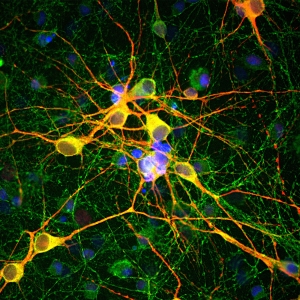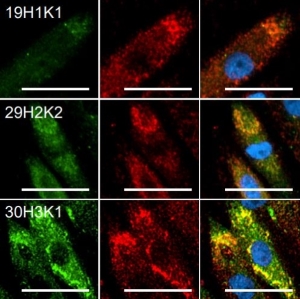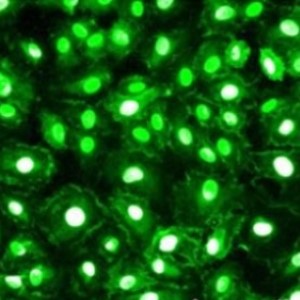Is the presence of pericytes at the lesion site of a spinal cord injury (SCI) a good or bad thing? That’s a question that scientists from Ohio State University are working on answering in some recently published research.
SCIs are often devastating, causing neurological issues and long-term disabilities. Axon regeneration failure is the main reason these injuries do not heal, often because of a cellular environment at the lesion that prevents regeneration.
But what about the role of pericytes in this cellular environment? The investigators find that pericytes have detrimental effects, causing changes to the structure and function of DRG neurons needed for axon regeneration.
Image: Imaging of adult DRG neurons cultured on a human pericyte (supplied by Neuromics) monolayer with or without PDGF-BB stimulation.
However, the story doesn't end there. The researchers found that administration of platelet-derived growth factor BB (PDGF-BB) can program pericytes to create a more favorable cellular environment for axon regeneration and lesion repair. This programming could have significant implications as a treatment for SCIs. Read the full study here.

This exciting research uses our primary human brain microvascular pericytes (cat. HMP104) and pericyte growth media (cat. PGB001) as pivotal tools in their findings.
You can explore all of our human cells for neuroscience research here. Furthermore, all publications using these cells can be found here. Check out all of our media options for neural cells as well.






